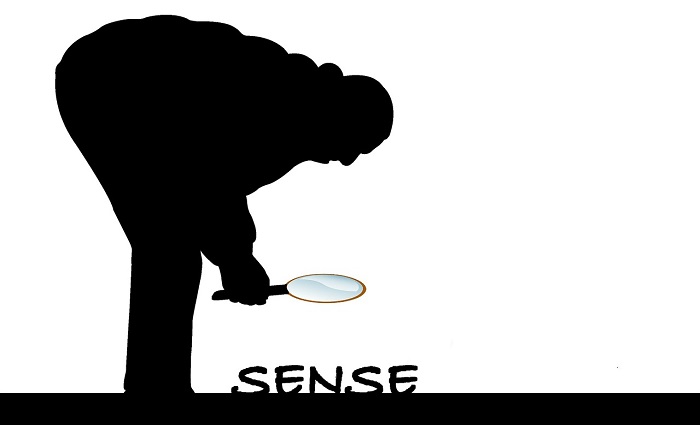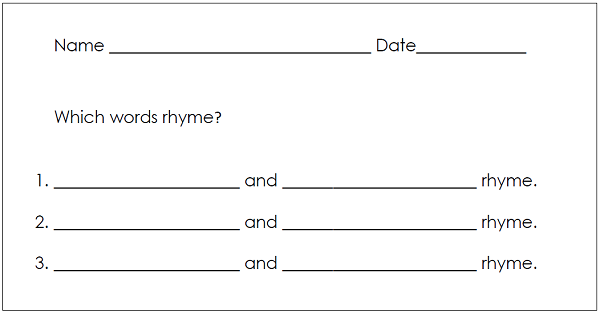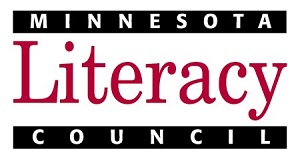- MN ABE Connect
- Archive
- Word-Level Focused Activities to Help Low-Literacy ESL Learners Decode: PART 3
 January 15, 2019
January 15, 2019
Word-Level Focused Activities to Help Low-Literacy ESL Learners Decode: PART 3
Mya Shaftel, ESL TeacherTeachers of emergent adult ESL learners dedicate many hours of instruction to building vocabulary. While introducing and practicing new vocabulary, teachers can help learners start to recognize patterns in words explicitly by teaching sound-symbol correspondences, and by sequencing and scaffolding word-level activities. Focusing on word beginnings and word families can help learners recognize patterns, which can improve their ability to decode words.
In Part 1 of this article, we covered onset, or word beginnings. In Part 2, we looked at initial phonemes. Finally in this series, learners demonstrate understanding through writing and speaking production.
Activity #3 – Writing and Speaking Production
To begin, learners sort and match words that rhyme (see Rhyme Sort).

Use enough word sets for partners or groups of three. Each group gets a set of 8-12 words. Some words will have a rhyming pair, some will not. Learners sort the word sets and put rhyming words together. Check that all learners have matched their words correctly before moving on to writing production.
In the writing production (see Rhyme Half Sheet), learners choose three sets of rhyming pairs and transfer the words to the sentence frame “____________ and _____________ rhyme.”

This may take some time. Check learners’ half sheets before moving on. For the final speaking production, learners practice reading their rhyme sets with a partner. For example, “beep and deep rhyme,” or “night and light rhyme.” When ready, learners stand, find a new partner, and read (with confidence!) their three rhyming pairs.
Resources
- Find the activity worksheets, as well as video links for the rhyming activities, at teachermya.wordpress.com
- Find the rhyming sequence in its entirety on YouTube
- Check out the full 3-part article series!

Newsletter Signup
Get MN ABE Connect—the official source for ABE events, activities, and resources!
Sign UpArticle Categories
- ABE Foundations/Staff Onboarding
- ACES/Transitions
- Adult Career Pathways
- Assessment
- CCR Standards
- Citizenship
- COVID-19
- Cultural Competency
- Digital Literacy/Northstar
- Disabilities
- Distance Learning/Education
- ELA
- Equity/Inclusion
- ESL
- HSE/Adult Diploma
- Listening
- Math/Numeracy
- Mental Health
- Minnesota ABE
- One-Room Schoolhouse/Multilevel
- Professional Development
- Program Management
- Reading
- Remote Instruction
- Science
- Social Studies
- Speaking/Conversation
- Support Services
- Teaching Strategies
- Technology
- Uncategorized
- Volunteers/Tutors
- Writing